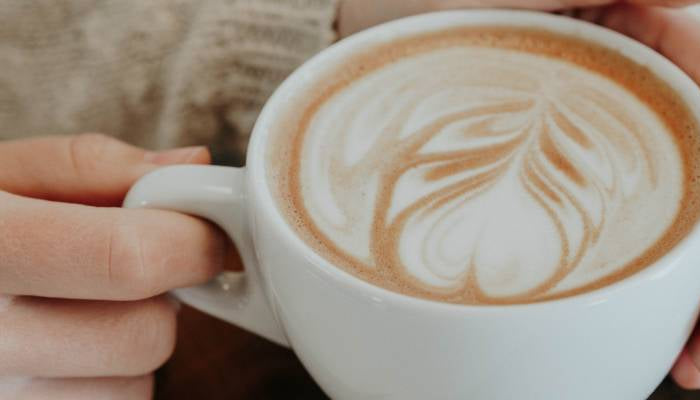
Coffee cupping is a profession, but do you know what it entails? In this blog post, we'll explain what cupping means and how it works.
What is cupping?
During the cupping process, various coffees are tasted and evaluated based on 11 criteria to identify areas for improvement. This way, the coffee cuppers ensure that only the finest coffees reach the market.
How does cupping work?
For cupping you will need a few supplies, such as a coffee grinder, spittoon, a glass of water, and a pen and paper.
It's important that the conditions and output are consistent every time, so the coffee is tested fairly. For example, ensure you always use the same amount of coffee beans and water, and that each cup is prepared with the same water temperature. The following eleven steps are considered during the cupping process:
1. Smell
Before tasting the coffee, aroma is considered in the evaluation. We all know how important aroma is, especially when it comes to food and drinks. Aroma influences the taste of a product. Therefore, this criterion is incorporated into the process.
First, the fragrance is assessed, which is another term for the ground coffee used to brew the coffee. Then, the aroma is assessed. The aroma is released when the coffee is brewed with hot water. The fragrance and the aroma can differ, so the aroma of each is assessed separately.
2. Taste
The second step is perhaps the most important aspect of the coffee experience: the taste. Of course, it's important that the coffee bean is of good quality, but the intensity and complexity of the coffee are also taken into account. Complexity refers to how quickly the coffee bean has matured. A coffee bean that has matured more slowly is usually of higher quality.
3. Aftertaste
Besides the overall flavor of the coffee, it's also important to consider the aftertaste. A harsh aftertaste is certainly not what you want, but a taste that's too short isn't good either.
4. Acidity
Acidity is another word for acidity; the acidity of coffee can tell us something about its flavor. When the acidity in coffee is insufficient, it will taste flat. But too much acidity will result in an overly sour flavor. The goal is to find the perfect balance that produces the best flavor. Adequate acidity produces bright, fresh notes.
5. Body
Sometimes a "strong coffee" is compared to a "full-bodied" coffee, but this isn't quite the right comparison. A coffee's body doesn't say much about its taste, but rather how it feels in your mouth. Think, for example, of its fullness or structure. These are specific factors that play a role when assessing a coffee's body.
6. Balance
Coffee has various flavor characteristics, and it's therefore crucial that a good coffee strikes the right balance. Flavors shouldn't be too overpowering, but also not too bland and therefore impossible to taste. Finding that balance is a true art.
7. Sweetness
Sweetness might not be the first word that comes to mind when you think of coffee, but it's definitely something you shouldn't miss in your cup. A good balance of sweetness is also important here.
8. Clean cup
This doesn't mean checking whether the coffee was served in a clean cup, although that's certainly important. A clean cup means the coffee doesn't contain any off-flavors. This is a fairly rigorous assessment. The entire coffee flavor is taken into account, from the overall taste to the aftertaste.
9. Agreement
Cupping involves tasting different coffees several times, and it is important that the assessments given about the coffees are consistent.
10. The score
Just because a particular coffee scores well in a specific area doesn't necessarily mean it's a good coffee. Ultimately, the coffee's overall performance is assessed, and only when a clearly comparable score is visible can it be considered high-quality.
11. Defects in the coffee
The final consideration is any coffee defects. By defects, we mean any negative flavor characteristics the coffee may contain. The resulting score is doubled and ultimately subtracted from the total.
Conclusion coffee cupping
When do we consider coffee to be of good quality? A coffee with a total score of around 100 means it's considered good quality. Cupping is also the key to good coffee quality. This process is still used today because it allows us to work with the best coffee and beans. At Kaldi, we also regularly hold cupping sessions to maintain the high quality of our coffee beans.
Cupping yourself? You can try it out yourself, for example, with a coffee tasting. The tips above can help you prepare for how to assess the coffee.
